Hi! I'm pursuing my Masters in Robotics at Carnegie Mellon University, where I am advised by Prof. Fernando De La Torre. I am interested in creating dynamic visual learning systems that continuously adapt and generalise to unseen concepts, particularly from a life-long learning perspective.
Recently, I have been working on continual personalization of human action recognition for XR applications closely collaborating with Prof. Vineeth N B and Joseph K J, along with Shugao Ma, Cihan Camgoz, Kenrick Kin, Chengde Wan and Weiguang Si from Meta Reality Labs.
Previously, I spent two wonderful years working as a Research Fellow with Prof. C V Jawahar, and jointly co-advised by Prof. Vineeth N B, Prof. Chetan Arora and Dr. Anbumani Subramanian, working on Continual Semantic Segmentation for Autonomous Driving. In summer 2019, an opportunity to conduct research with Prof. Frederic Jurie in beautiful Normandy (France) made me want to pursue research long term!
Recent Publications
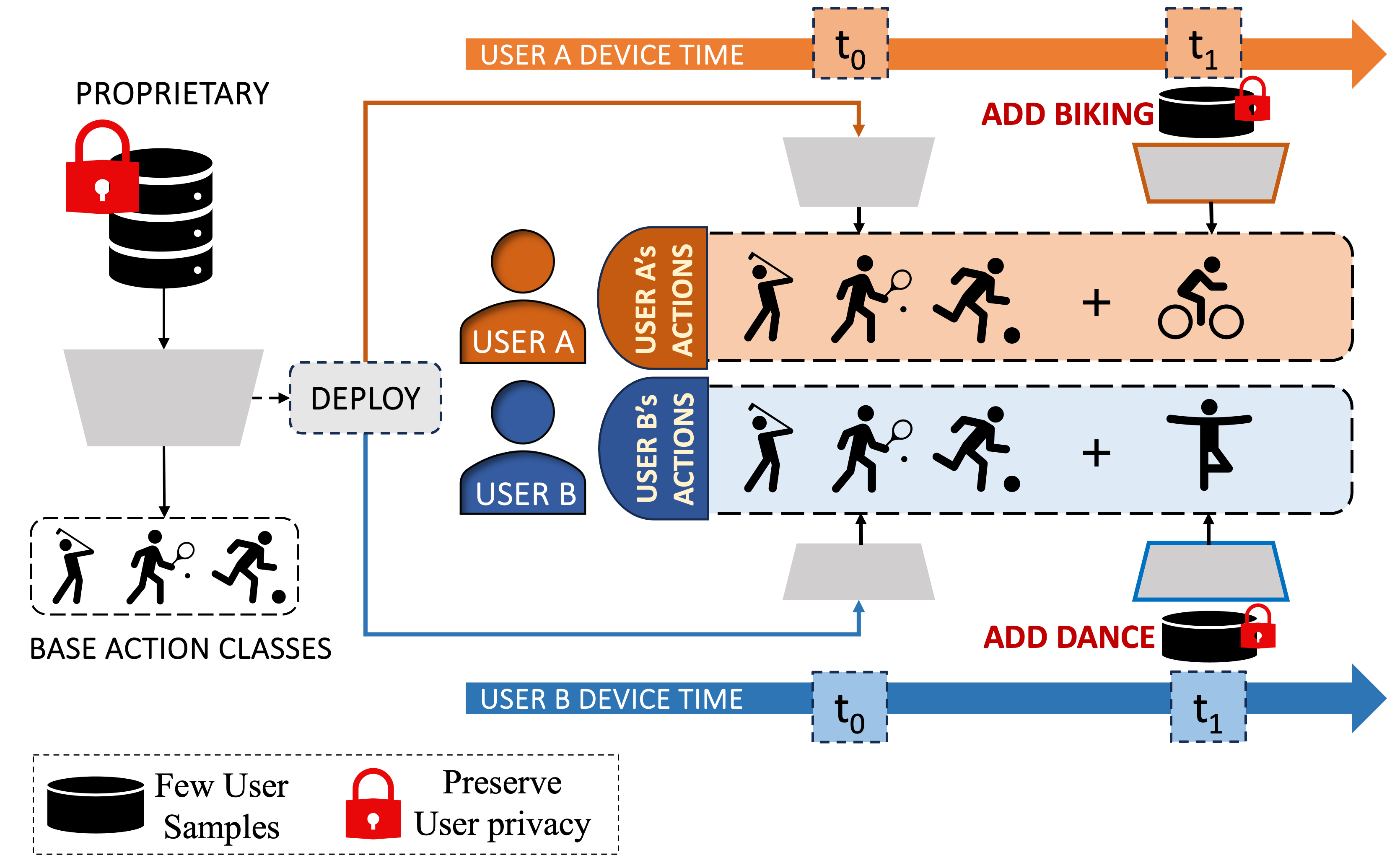
|
Continual Few-Shot Learning of New Actions With Prompt TuningECCV 2024 (Coming Soon!) |
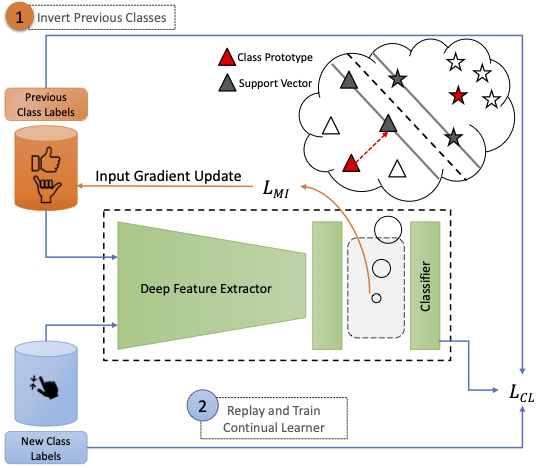
|
Data-Free Class-Incremental Hand Gesture RecognitionICCV 2023 |
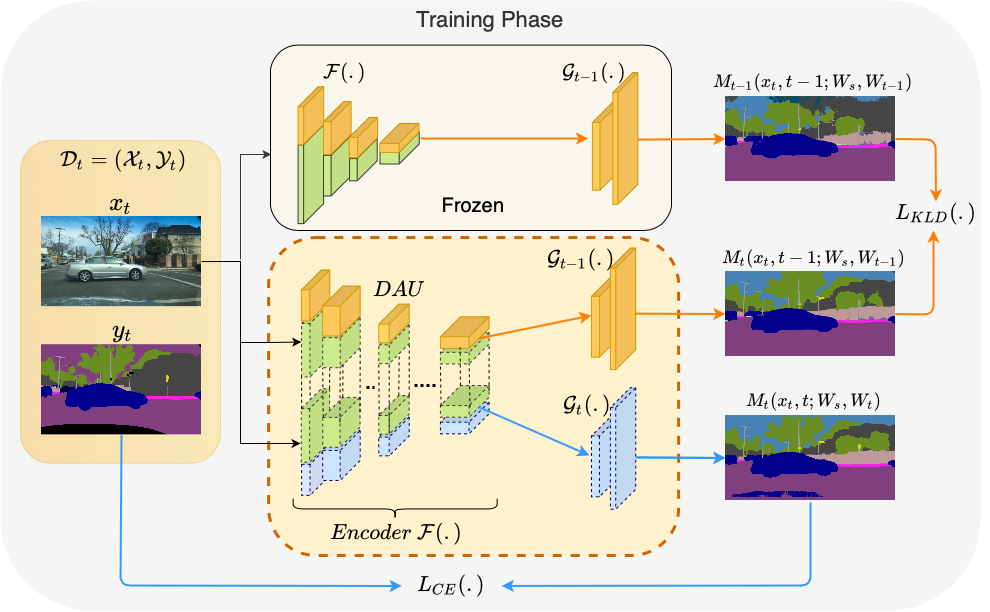
|
Multi-Domain Incremental Learning for Semantic SegmentationWACV 2022 |
News
Selected Research Projects
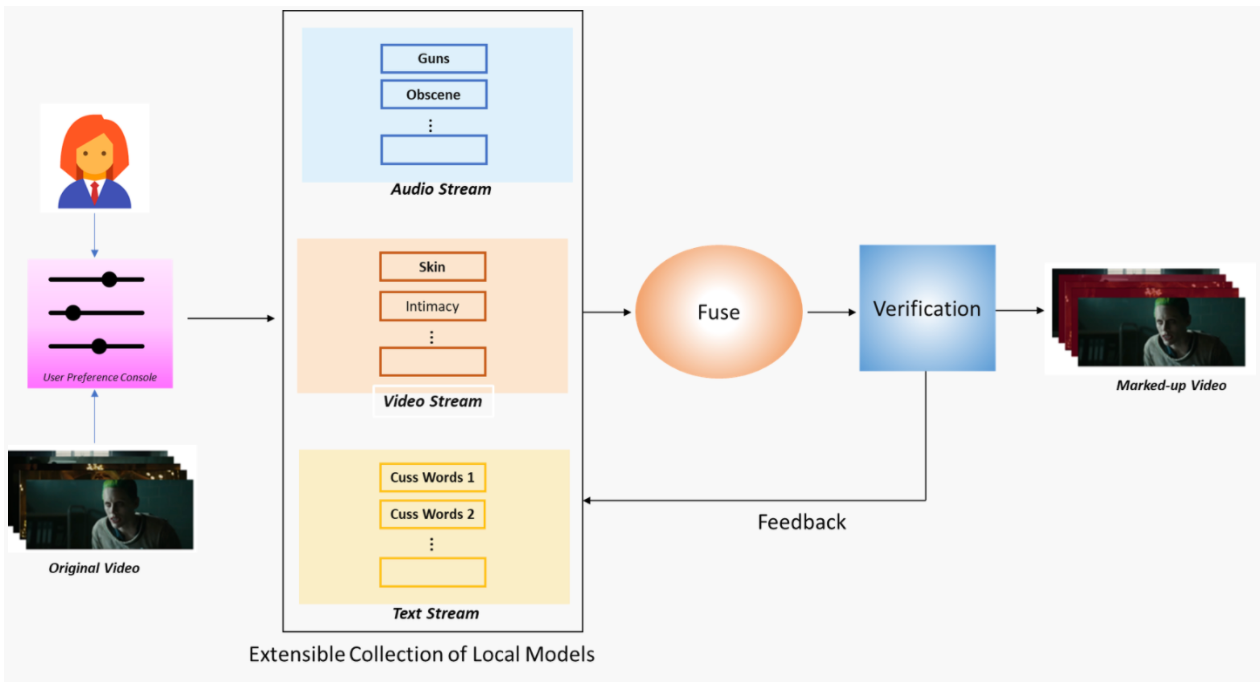
|
Towards an AI Infused System for Objectionable Content Detection in OTT [IBM Research Laboratory]With the substantial increase in the consumption of OTT content in recent years, personalized objectionable content detection and filtering has become pertinent for making movie and TV series content suitable for family or children viewing. We propose an objectionable content detection framework which leverages multiple modalities like (i) videos, (ii) subtitle text and (iii) audio to detect (a) violence, (b) explicit NSFW content, and (c) offensive speech in videos. |
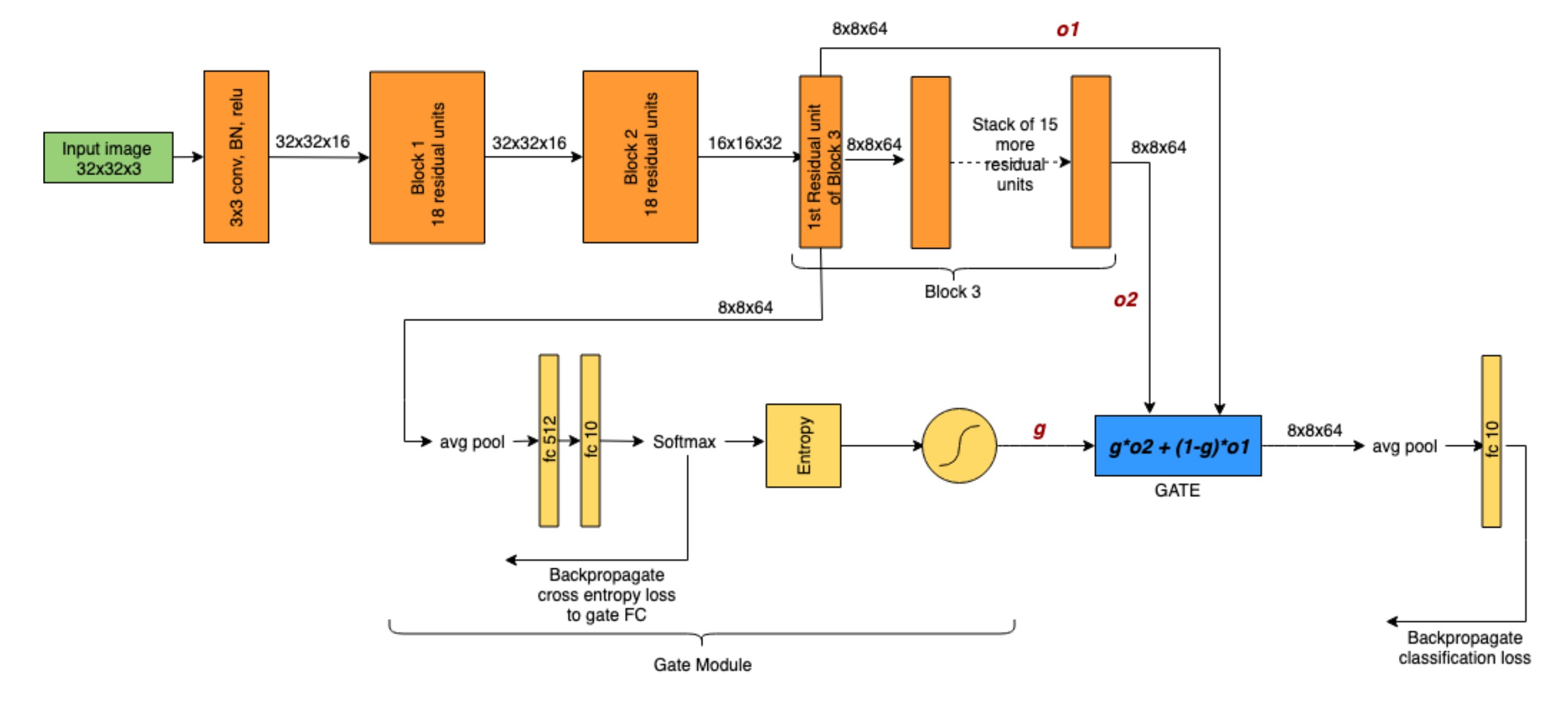
|
Memorization and Generalization in CNNs using Soft Gating Mechanisms [Image Team GREYC, University of Caen Normandy]Technical Report / Code / Technical Report, Suboptimal ResNet Gating Mechanisms A deep neural network learns patterns to hypothesize a large subset of samples that lie in-distribution and it memorises any out-of-distribution samples. While fitting to noise, the generalisation error increases and the DNN performs poorly on test set. In this work, we aim to examine if dedicating different layers to the generalizable and memorizable samples in a DNN could simplify the decision boundary learnt by the network and lead to improved generalization in DNNs. While the initial layers that are common to all examples tend to learn general patterns, we dedicate certain deeper additional layers in the network to memorise the out-of-distribution examples. |